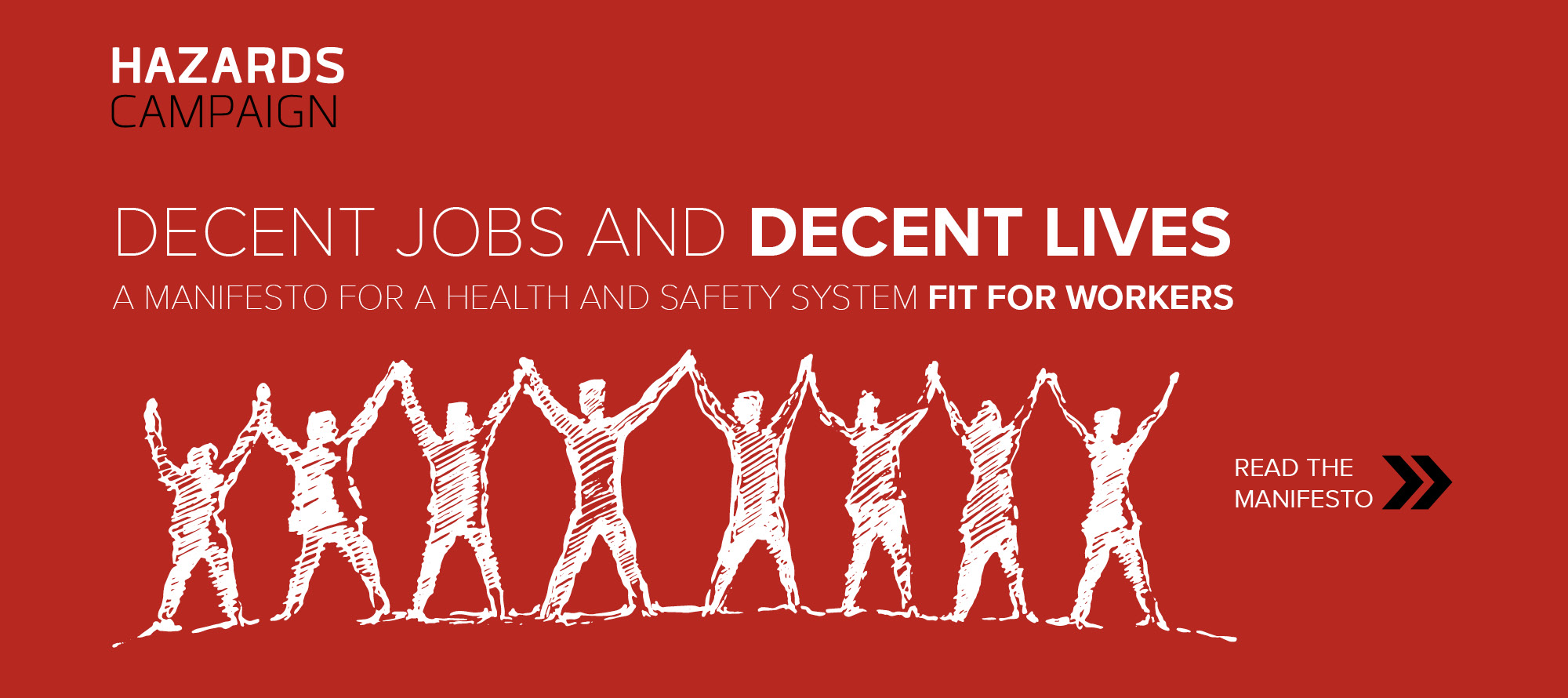Neil Duncan-Jordan
Neil Duncan-Jordan Neil Duncan-Jordan is the National Officer for Britain's biggest pensioner organisation, the National Pensioners Convention (NPC). He originally trained as a journalist and worked briefly for regional television, before being recruited by Jack Jones into the NPC. He lives in Dorset with his wife, two children and numerous pets!





